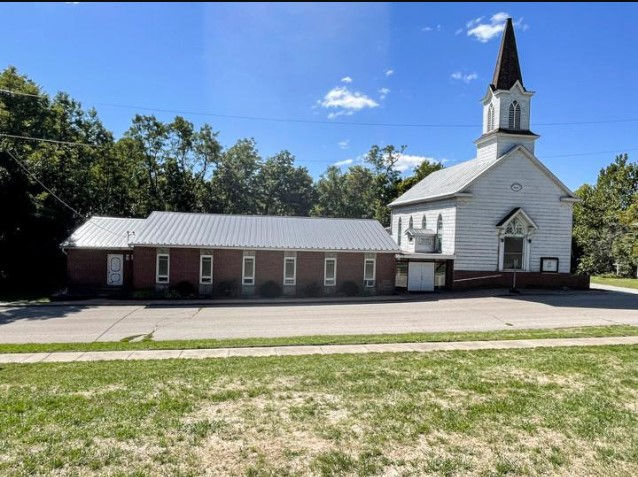Venus, Commerce, and Commerce City
- Joseph Johnstun
- Oct 2, 2023
- 2 min read
The first known settlers to make the Nauvoo peninsula their permanent home were James and Lurancy Barber White. They purchased Denis Julien’s trading post and 640 acres in 1819, and came ca. 1824. Upon arriving, they discovered the summer village of Sauk chief Quashquame here. Wishing to keep good relations with the Sauk, James White traded seven bushels of corn for each of their bark houses (200 sacks in total) underneath a large oak tree.
In 1827, the Whites built a two-story stone house near the oak tree where the trade was made (just north of where Parley Street meets the Mississippi River). Over the next few years, they were joined by other settlers. On March 13, 1830 a post office was established with George Y. Cutler as postmaster, officially naming the peninsula Venus.
During the Black Hawk War (1832), James White was elected captain of a mounted company of Hancock County volunteers. Lurancy White turned the home into a garrison where many families came for shelter that summer.
Venus officially changed its name to Commerce on October 11, 1834, and a town was platted. James White died in 1836, and the following year Isaac Galland purchased much of White’s estate and platted a new town called Commerce City just north of Commerce. Galland had maps made and distributed throughout the eastern U.S. to attract investors.
In spite of these efforts, in 1839 the peninsula contained only three stone houses, two block houses, and three log houses. One newcomer wrote of that year, “the place was literally a wilderness. The land was mostly covered with trees and bushes, and much of it so wet that it was with the utmost difficulty a footman could get through, and totally impossible for teams.”


Comments